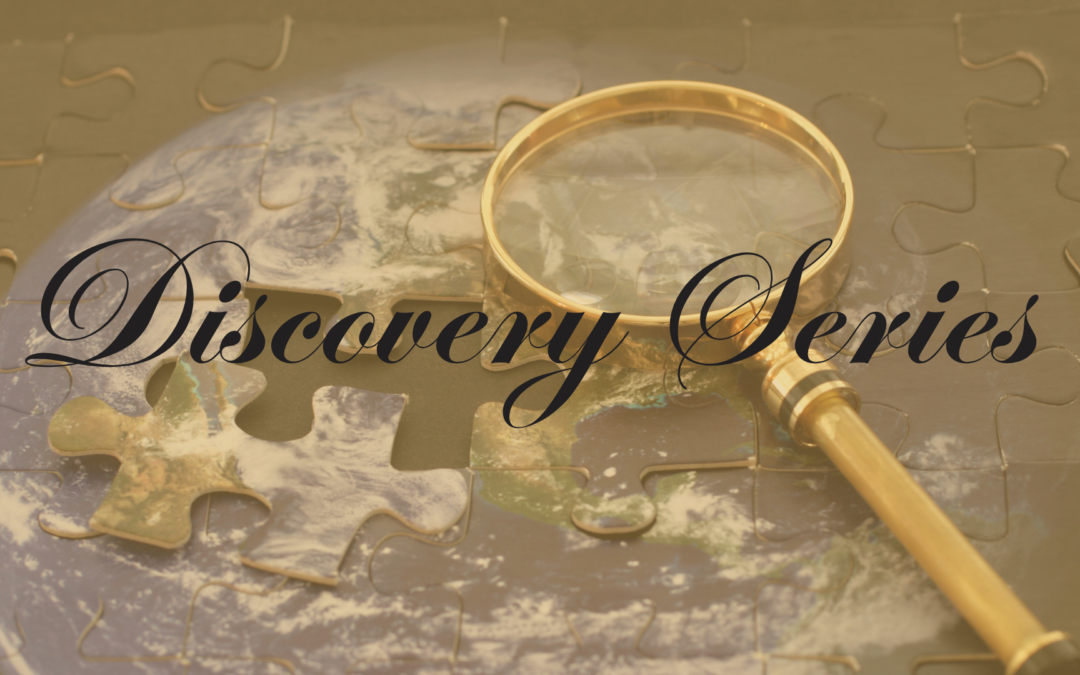We’re excited to share our Discovery Series talk with the Middleton Place Foundation on March 20!
This Discovery Series event features Jeff Sherard from Brockington and Associates. We will hear a discussion on the Inland Lowcountry indigenous experience along Charleston’s western frontier. Read more about Jeff Sherard below.
Participants will learn about artifacts related to the Carolina Colony’s initial founding and how they help to describe the Indigenous experience during the colonization and its connections to the Inland Lowcountry. We will also talk about the structure of the developing plantation systems and how native groups were involved.
Jeff Sherard, Laboratory Director at Brockington and Associates, Inc. and Member-At-Large, Archaeological Society of South Carolina. He holds a Bachelor’s degree in Anthropology from the University of Alabama. In 2024 he presented Participants and Presence Along Charleston’s Frontier: Examining a Late 17th Century Indigenous Occupation at Percival’s Weston Hall at the Southeastern Archaeological Conference, in Williamsburg, VA and among his current research interests are Low-Fired Earthenware/Colonoware Analysis and Lowcountry Plantation Systems.
The talk runs from 6-7 pm on March 20. Tickets are free and this event is open to the public. Advanced registration is required.

